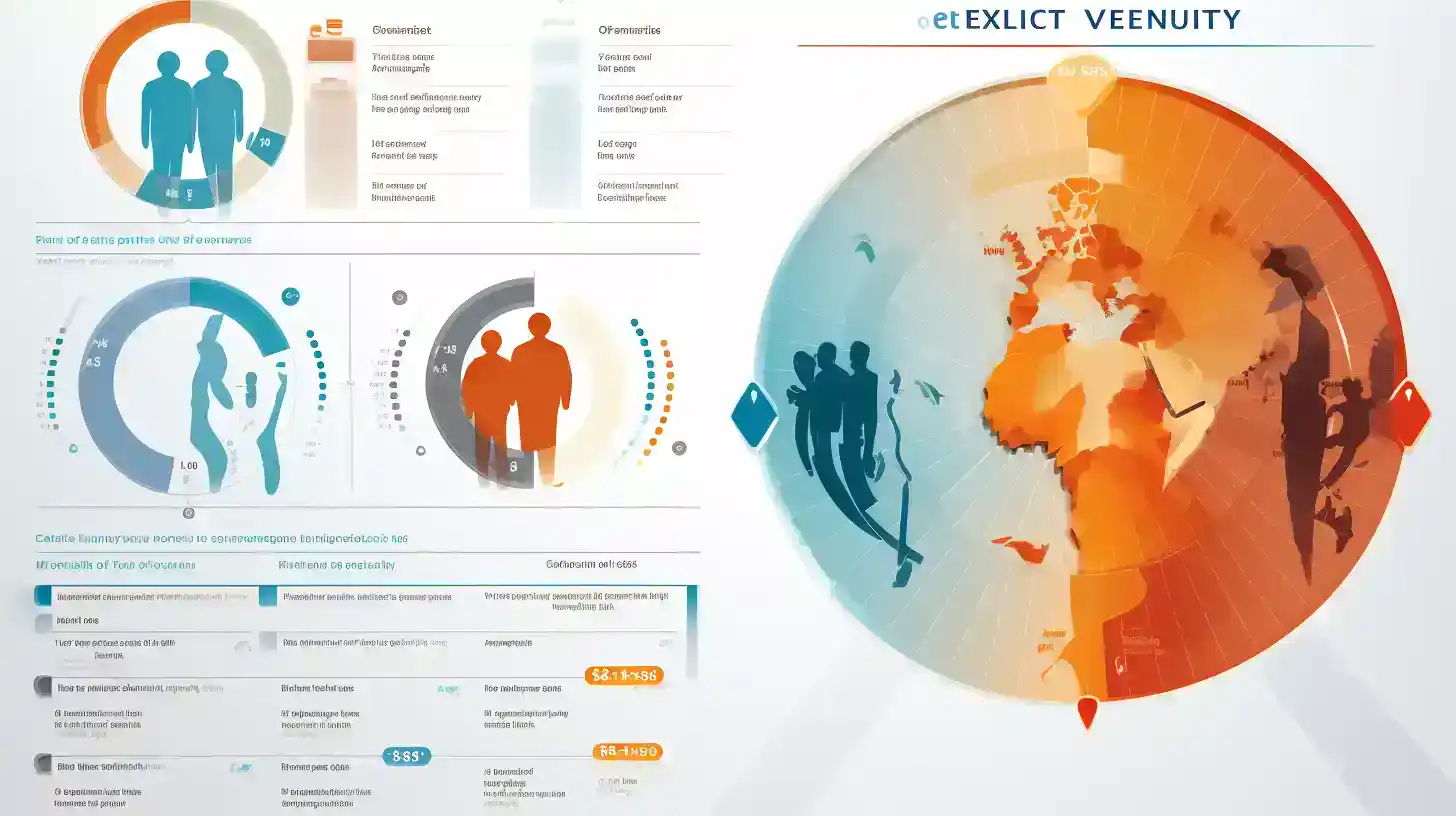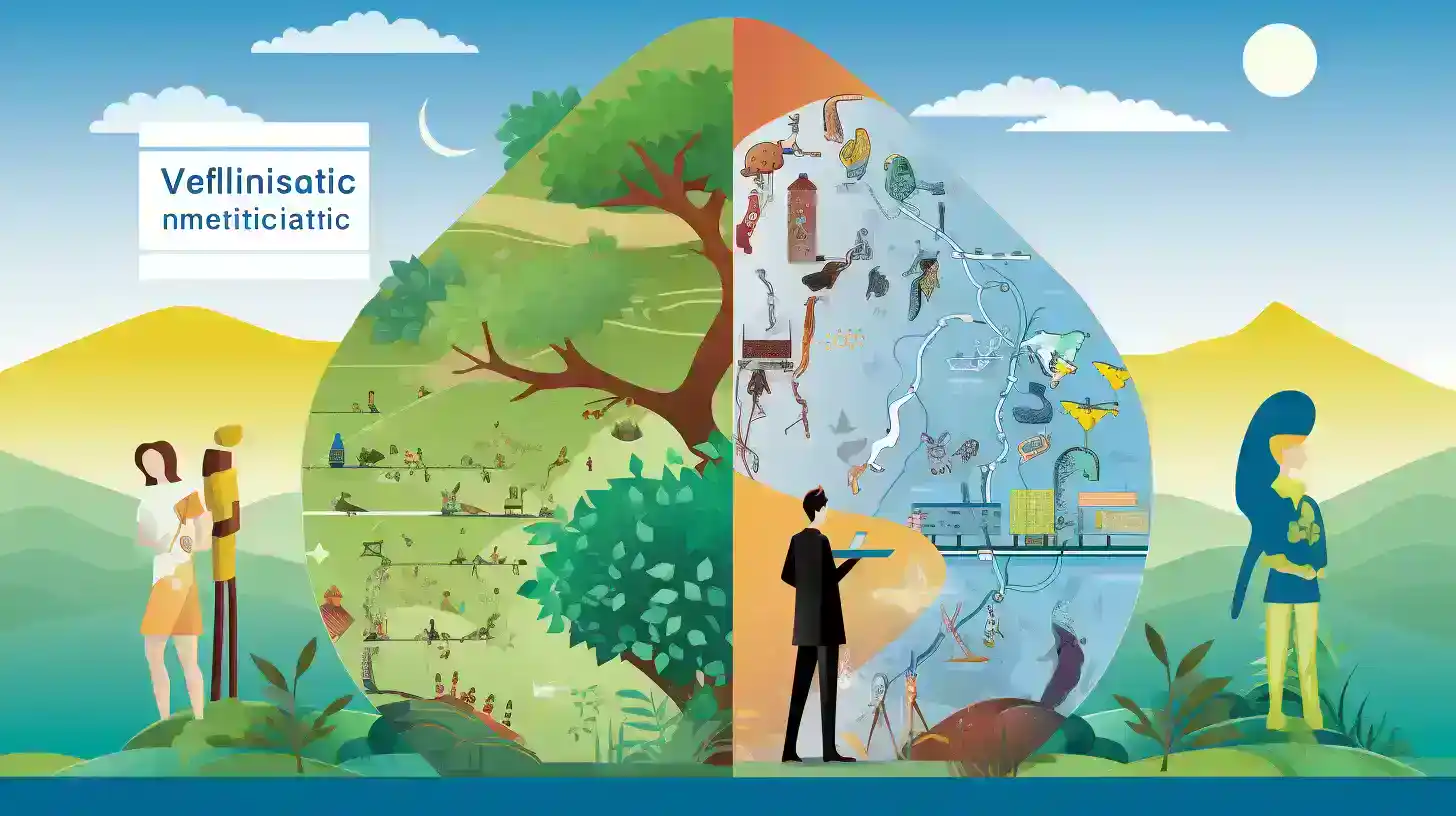Table of Contents
Imagine if an artificial intelligence (AI) system could tell you when you will die, where you will move, or what kind of person you are. This may sound like science fiction, but a new study in Nature Computational Science claims that it is possible, at least to some degree. The researchers developed a novel AI system called life2vec that can make general predictions about life events from data on millions of Danish residents.
Life2vec is based on the same type of AI architecture that powers popular chatbots such as OpenAI’s ChatGPT and Google’s Bard. These AI models are designed to process natural language and generate coherent texts by learning from large amounts of data which is collected either through web scraping or by using data collection services. The researchers adapted this approach to model human lives as sequences of events, such as salary changes and hospitalizations. Each event is represented by a digital token that the AI can recognize and manipulate.
Using this method, it can analyze the patterns and correlations among different life events and make predictions based on the available data. For example, life2vec can estimate the probability of a person dying within a certain period, moving out of the country, or having a certain personality trait. The researchers tested AI on these tasks and found that it performed better than other predictive methods, such as an actuarial table and various machine-learning tools.
Life2vec: A new way of modeling human lives
Life2vec is inspired by BERT, a language model introduced by Google in 2018. BERT can understand the meaning and context of natural language by encoding words into mathematical vectors and filling in the missing words in a sentence. For instance, given the sentence “I like to eat ___ and cheese”, BERT can predict that the missing word is most likely “macaroni” or “ham”.

The researchers applied the same principle to human lives, treating them as sentences composed of events. For example, given the sequence “born in Copenhagen, graduated from high school, married, had a child, ___”, it can predict that the next event is most likely “divorced” or “bought a house”. By doing this, life2vec can learn the common transitions and trajectories of human lives and make forecasts based on the data.
The researchers used data from millions of residents of Denmark, which has a comprehensive and centralized system of collecting and storing information about its citizens. The data include details about birth dates, sex, employment, location, and use of the country’s universal health care system. The researchers converted these data into unique timelines for each individual and fed them to life2vec for training.
Life2vec: What it can and cannot predict
The researchers evaluated life2vec on three tasks: predicting mortality, predicting migration, and predicting personality traits. They compared life2vec with other methods and measured its accuracy using various metrics.
For predicting mortality, life2vec achieved more than 78 percent accuracy in forecasting whether a person would die within four years, according to one metric. This was significantly higher than the accuracy of an actuarial table and other machine-learning tools. Life2vec also outperformed the other methods in predicting whether a person would move out of Denmark within the same period, with about 73 percent accuracy, per one metric.
For predicting personality traits, life2vec used data from a self-reported questionnaire that measured five dimensions: openness, conscientiousness, extraversion, agreeableness, and neuroticism. Life2vec was able to predict the scores of these traits from the life events data, and it also found some interesting associations between personality and life events.
For example, life2vec discovered that people who were more open and conscientious were more likely to have higher education and income, while people who were more neurotic were more likely to have mental health issues and divorce.
However, life2vec is not perfect and its predictions are not definitive. The researchers acknowledge that it is based on data from Denmark, which may not be representative of other countries or cultures. Moreover, the data do not capture everything that is relevant to a person’s life, and some groups of people may have less or more data than others.
Life2vec: The potential and the pitfalls
The study demonstrates a new and innovative way of using AI to model and analyze human lives, says Matthew Salganik, a professor of sociology at Princeton University, who researches computational social science and authored the book Bit by Bit: Social Research in the Digital Age. The AI developers “use a very different style that, as far as I know, no one has used before,” he says.

The researchers hope that life2vec can be used for various scientific and practical purposes, such as exploring the factors and consequences of life events, detecting hidden biases and inequalities in society, and developing health-related applications. For example, it could help identify the risk factors for rare diseases or the impact of social relationships on quality of life.
The researchers also suggest that life2vec could be easily adapted and fine-tuned to offer predictions about many still-unexplored aspects of human lives.
However, there are also ethical and social implications of using life2vec, such as privacy, security, and fairness. The researchers emphasize that life2vec is intended for scientific and research purposes only and that it should not be used for individual decision-making, profiling, or accessing personal data.
They also note that Denmark has strong laws and regulations to protect the data and rights of its citizens and that they would not feel comfortable developing such a model in a country with less privacy protection, such as the U.S.
The researchers also warn that life2vec is not the only or the first AI system that can make predictions about human lives. There are already many government and corporate tools that use AI to make decisions and judgments about people, such as sentencing, policing, and auditing. These tools may have biases, errors, and harmful effects, and they may not be transparent or accountable.
The researchers hope that by creating and sharing life2vec, they can raise awareness and understanding of the potential and pitfalls of AI in the age of prediction. “We can start talking about it, and we can start deciding how we want to use it: what’s possible, what’s right, and what we should leave alone,” says study author Sune Lehmann, a professor of networks and complexity science at the Technical University of Denmark.